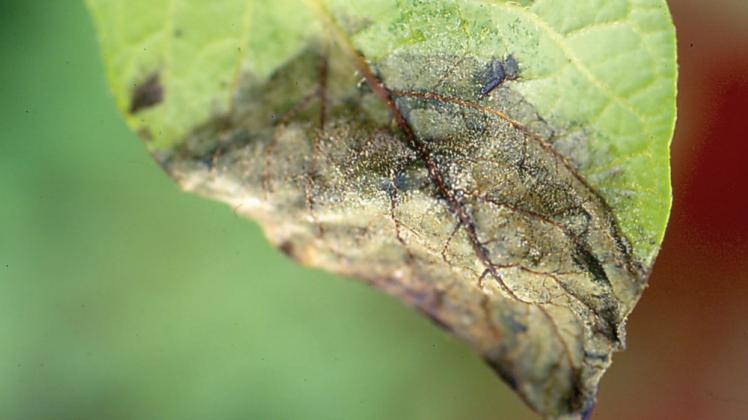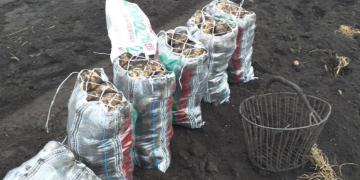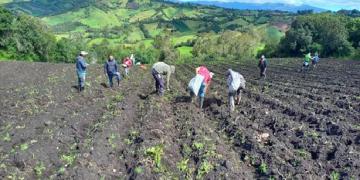Canadá: Potato and tomato growers warned to keep watch for late blight
There has been a great deal of concern in Alberta in the last few years about late blight, a serious disease that mainly affects potatoes and tomatoes.

Favourable conditions for disease development have resulted in multiple outbreaks of late blight in commercial market gardens, as well as urban potato and tomato crops throughout parts of Alberta, said provincial commercial horticulture specialist Rob Spencer. The disease continues to be a risk for all Solanaceous crops (potato/tomato family) grown in Alberta this year.
“The risk of introduction comes from either infected transplant material (tomatoes or other host crops) or infected seed potato stock (either imported or carried over),” said Spencer. “During the season, if spore loads build up, there is a risk of introduction of the pathogen via windblown/storm-carried transfer.”
Late blight can also affect eggplants, peppers, petunias and some related Solanaceous weeds, such as nightshade and wild tomato. It is an aggressive disease that, if left unchecked, can cause significant and rapid crop losses in gardens, greenhouses, fields, and in controlled environment storage such as potato bins.
In the spring and early summer, growers of all potentially affected crops should monitor for symptoms in tomato transplants and in early-emerging potato plants, said Spencer.
“Watch for dark, water-soaked lesions, sometimes with yellow edges, that move in from leaf tips/margins, becoming brown and brittle within a couple of days. Late blight lesions are not contained by the leaf veins.”
It will require effort on the part of everyone to return Alberta to a late blight-free status, he added.
Fuente: http://www.albertafarmexpress.ca/








